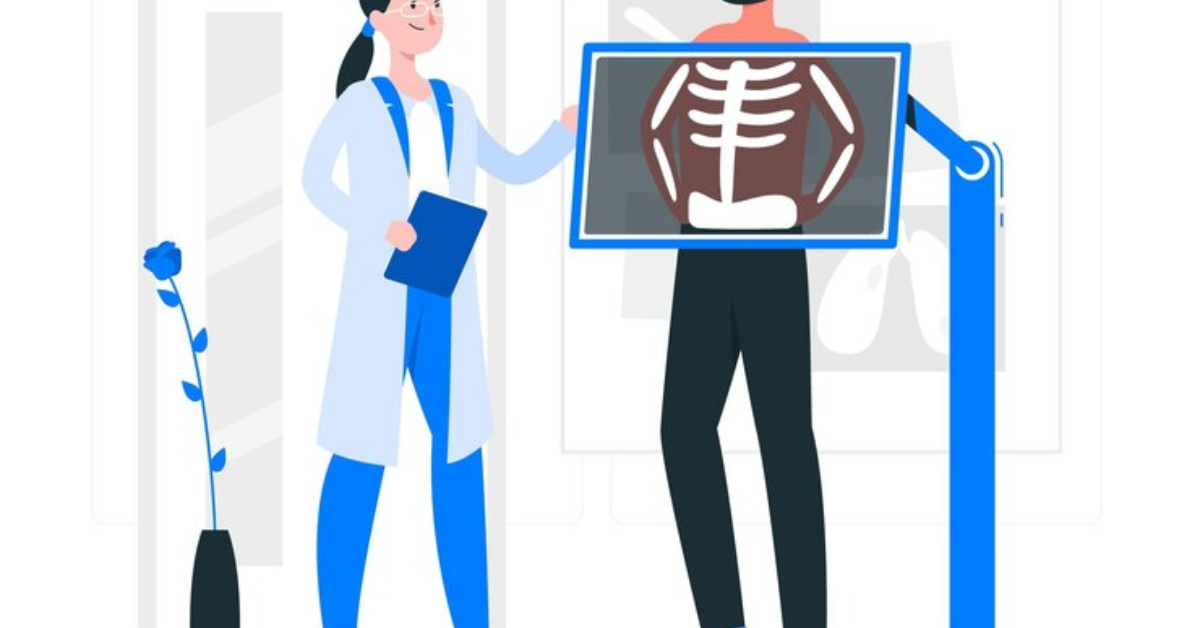Knee injuries are common and can affect people of all ages. They can result from sports activities, accidents, or wear and tear over time. At Amar Hospital, our orthopedic doctors specialize in diagnosing and treating various knee injuries. Understanding the common types of knee injuries can help you seek timely treatment and prevent further complications.
Common Types of Knee Injuries
Knee injuries can range from mild sprains to severe ligament tears. Knowing the different types of knee injuries can help you recognize symptoms and seek appropriate care.
Also Read: What are the symptoms of appendicitis : Insights from Amar Hospital’s General Surgeon
Ligament Injuries
Anterior Cruciate Ligament (ACL) Tear
It occurs when the ACL, one of the major ligaments in the knee, is overstretched or torn. This injury often happens during activities that involve sudden stops, changes in direction, or jumping.
Posterior Cruciate Ligament (PCL) Tear
The PCL is located at the back of the knee and is less commonly injured than the ACL. A PCL tear often occurs due to a direct blow to the front of the knee or a fall on a bent knee. Although PCL injuries are less common, they still require medical attention.
Medial Collateral Ligament (MCL) Tear
An MCL tear often results from a direct impact to the outer side of the knee, causing the inner ligament to stretch or tear. Symptoms include pain, swelling, and tenderness along the inner side of the knee.
Lateral Collateral Ligament (LCL) Tear
The LCL is located on the outer side of the knee and is less commonly injured. An LCL tear usually occurs due to a direct blow to the inner side of the knee, causing the outer ligament to stretch or tear. Although LCL injuries are the least common knee injuries, they still require proper diagnosis and treatment.
Meniscus Injuries
Meniscus Tear
A meniscus tear is a common knee injury that can occur during activities that involve twisting or turning quickly. A meniscus tear can also occur due to age-related degeneration of the cartilage.
Degenerative Meniscus Tear
As people age, the meniscus can become worn and more susceptible to tears. Degenerative meniscus tears are common in older adults and can occur with minimal stress or injury. Symptoms are similar to those of acute meniscus tears but may develop gradually over time.
Tendon Injuries
Patellar Tendonitis
It is common among athletes who engage in sports that involve frequent jumping. Symptoms include pain and tenderness around the kneecap, especially when jumping or bending the knee. Early treatment is crucial to prevent the condition from worsening.
Quadriceps Tendonitis
Quadriceps tendonitis is an injury to the tendon connecting the quadriceps muscle to the kneecap. It often results from overuse or repetitive strain on the knee. Symptoms include pain above the kneecap, swelling, and difficulty straightening the knee.
Fractures
Patellar Fracture
A patellar fracture is a break in the kneecap, often resulting from a direct blow or a fall onto the knee. Symptoms include severe pain, swelling, and difficulty extending the knee. Patellar fractures require immediate medical attention and may need surgical intervention for proper healing.
Tibial Plateau Fracture
The tibial plateau is the upper part of the shinbone that forms part of the knee joint. A tibial plateau fracture occurs due to a high-impact injury, such as a car accident or a fall from a height. Symptoms include pain, swelling, and inability to bear weight on the affected leg. This type of fracture is serious and often requires surgical treatment.
Dislocations
Knee Dislocation
A knee dislocation is a severe injury where the bones of the knee joint are forced out of alignment. It often results from a high-impact trauma, such as a car accident or a sports injury. Symptoms include intense pain, visible deformity, and inability to move the knee. Knee dislocations require immediate medical attention to prevent damage to blood vessels and nerves.
Patellar Dislocation
A patellar dislocation occurs when the kneecap slips out of its normal position, usually to the side of the knee. This injury often happens during activities that involve a sudden change in direction or a direct blow to the knee. Symptoms include severe pain, swelling, and a visible displacement of the kneecap. Proper diagnosis and treatment are necessary to prevent recurrent dislocations.
Treatment and Prevention
At Amar Hospital, our orthopedic doctors are experts in treating various knee injuries. They may include rest, physical therapy, medications, and surgical intervention. Our goal is to provide personalized care that ensures a quick and complete recovery.
Physical Therapy
It helps strengthen the muscles around the knee, improve flexibility, and restore normal function. Our orthopedic doctors work closely with physical therapists to develop individualized rehabilitation programs for each patient.
Conclusion
Recognizing and treating knee injuries promptly can prevent long-term complications and ensure a faster recovery. Amar Hospital offers the best services for diagnosing and treating knee injuries. Our experienced orthopedic doctors provide comprehensive care tailored to each patient’s needs. If you experience any knee injury symptoms, trust Amar Hospital for expert diagnosis and treatment.


